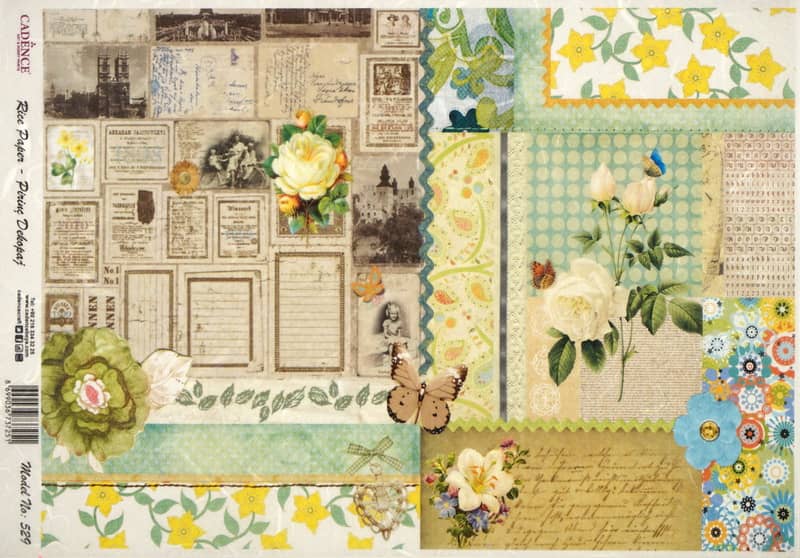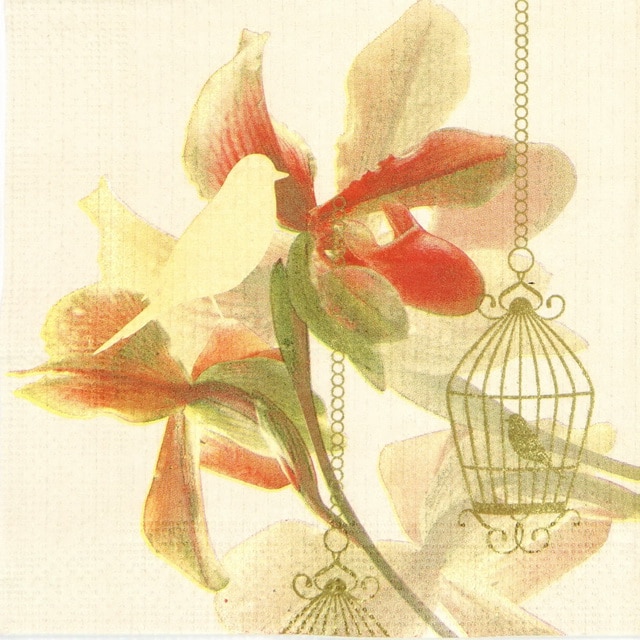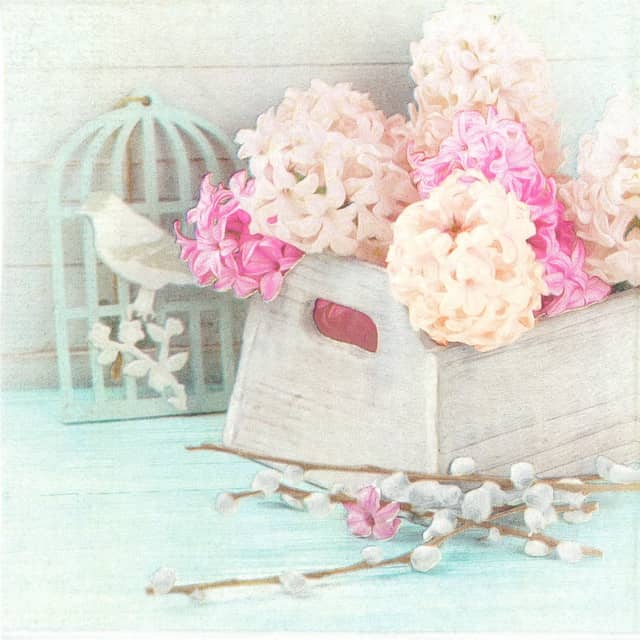Shop
This is where you can browse products in this store.

 Rice Paper - Rose Collage
Rice Paper - Rose Collage
 Rice Paper - Black/White ...
Rice Paper - Black/White ...
 Rice Paper - Black/White ...
Rice Paper - Black/White ...
 Lunch Napkins (20) - Flow...
Lunch Napkins (20) - Flow...
 Lunch Napkins (20) - Gard...
Lunch Napkins (20) - Gard...